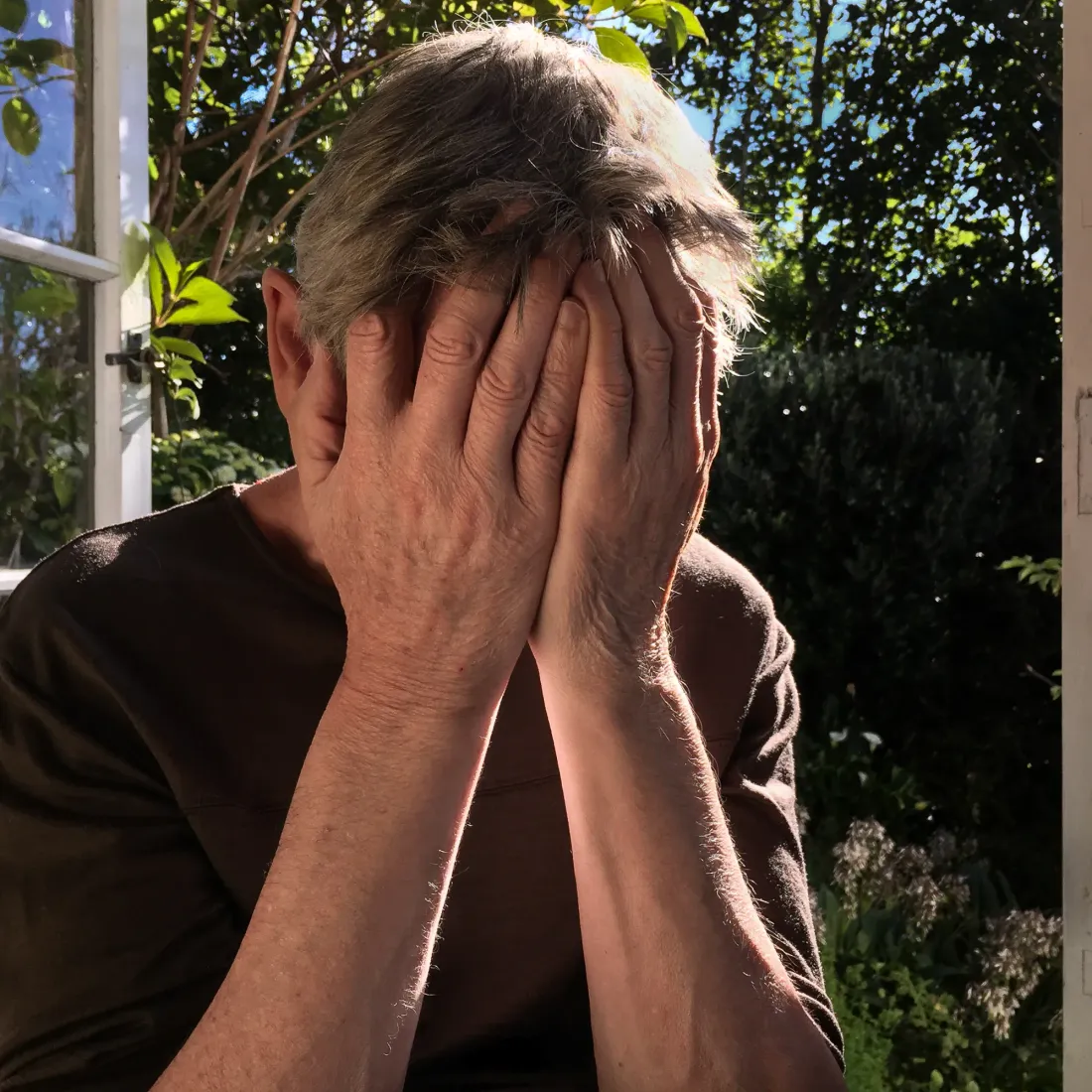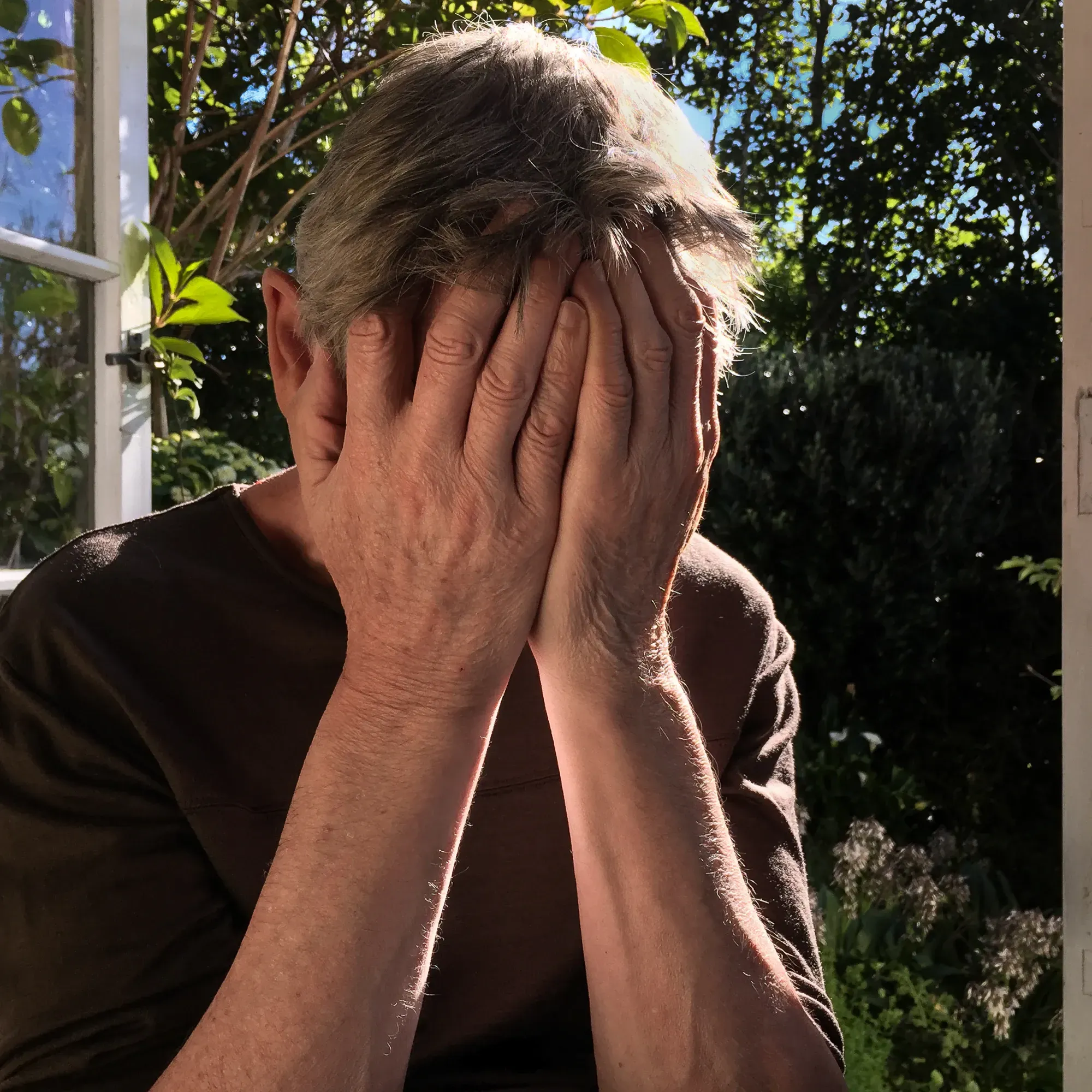Homelessness
Written by


Last year I rescued a silver teapot of my late grandmother’s from its newspaper wrapping in a cardboard box at the back of the garage. I took it into Vivien Atkinson’s project At Home at Toi Poneke Gallery in Wellington. There Vivien sat in white coat with gloves and Brasso polishing people’s silver. We shared the stories that accompanied this teapot. It felt like a repair service from the gentler, more personable High Street of my childhood. My silver was returned to me in a bag made from an old linen tablecloth from that time. Memories of my grandmother had softly, lovingly been burnished, been made to shine.
I reconnected with this thoughtful project visiting three projects at Photospace Gallery in Wellington recently. There is Partial Loss, a collaboration between Cathy Tuato’o Ross and Ellen Smith which is about to open at Whangarei Art Museum (12 December 2016 to 19 February 2017). And there are two exhibitions accompanying books: Peter Black’s The Shops, published by Luncheon Sausage Books with a personal essay by publisher Steve Braunias, and Mary MacPherson’s self-published Medical Daydreams.
Together these spoke to me about loss. Public and personal. What we risk losing as a society.
Each room led to the next thought. How memories are embodied in objects. Yet how, as material objects accumulate over generations and our culture becomes more digitally focused, our relationship to them becomes more problematic. And how, as objects are produced to be more disposable, shopping is made more impersonal. In turn, how the spaces between shops become less cared for. And so to the people left in the cracks in between.
Perhaps both objects and people face homelessness or neglect more than ever before. What kind of new infrastructures are we creating to care for one another? Never let anyone tell you that what art can communicate doesn’t matter!
Exercises in Reduction
Ross and Smith have subtitled their exhibition ‘Exercises in reduction’. And so the show is a playful exploration of different ways physical heirlooms and treasures might actually be compressed. Silverware has been flattened and hung on the wall as a shadow of its former three-dimensional self. Old letters have been washed and squashed into cubes and placed in a frame. There’s a series of cheap trophies with categories for those who slip through the competitive cracks: ‘Improved quite a lot’, ‘Turned up regularly’ and ‘Tired hard’. It’s a little scattergun and wide-ranging in focus – rather than complex - but all engaging and well presented.
Strongest in lasting imprint are in fact the photographic works. Earlier this year the artists invited the public to bring possessions that hold memory to NorthTec in Whangarei to allow the artists to photograph the shadows the objects cast. This is a growing collection. At Photospace a grid of 24 digital prints of object’s shadows is an elegant adventurous hang. It’s a strong exploration of the vocabulary of form and how it might speak poetically beyond its usual function and place in the world.
On the next wall are photographs of cremated letters, their crumpled charred magnetic in their abstraction in representing the inevitable loss to objects that comes with the death of the people who hold them dear.
Hand-painting
Inspired by the photography of Peter Black Steve Braunias writes touchingly in The Shops of twin childhood memories of the stores of Mount Maunganui and the time his father left. Memory proves fickle: ”Why is it I don’t remember much about important and probably damaging events from childhood?”
The pairing of Braunias and Black is perfect. Black has had an almost 40-year odd career (archived well on his website) focused on the neglected corners of public street, city and suburban life. Black however rejects the documentary photography tag - his work is far too off-kilter, black comic and poetic for that. He casts light on the odd pockets that the public consciousness might otherwise leave in the shadows.
Braunias meanwhile excels in championing aspects of life the media passes over as tired and of another time, but which he identifies as part of the great heart of the country. The small shop and its owner-keeper have been a common character in his work. And there’s always that cocky wit - healthily leaving you pondering the factual veracity of everything he writes. Black and Braunias do document the unsung, but they make it clear that in their own inimitable ways they’re pie-eyed on life.
In Braunias’ essay personal memoir morphs into a lament: the loss of shops is a loss of character (“a dying of the light”). Places where the relationship between customer and retailer was an important part of community, not sites for knock-down cheap prices.
In Black’s images the shopkeepers have gone. Weeds grow round chairs and tables out by the rubbish bins out the back. Coca Cola colour schemes and advertising spread like a virus. ‘Sean’s Menswear’ is hand-painted in unsteady caps on a sign outside, but how is Sean?
Black provides a sweet melancholic ode to the personal and hand-painted keeper of things. Yet the desolate spaces between buildings are as important in his images as the signs themselves. On a trolley of “second hand tyres 4 sale” the rubber rings collapse into one another. Left behind. Trying their best to support each other. Feeling a hole inside.
I’d argue Black’s exhibition and book would be better for containing half the number of images. I have no such qualms with his partner Mary MacPherson’s strong smaller exhibition next door. They were shot with an iphone - of import to photographers perhaps, but really a matter of which many of us couldn’t now care less.
MacPherson is best known of late for the book and touring Lopdell House exhibition Old New World, focussing on small town New Zealand. And indeed the links between Black and MacPherson’s practices have never been clearer
The description for Medical Daydreams sets out to avoid the work being seen to have one set narrative: it is “about interior worlds”. I haven’t read the book, but in exhibition there were some clear threads to pick up, arguably impacted by the shows around it. Loss of identity, both for our towns and our people are what I trace. A grief that follows displacement.
We begin with a very strong simple portrait of Black, or in fact not of Black - his identity is removed by the simple act of his head being in his hands. Other images: through the window of a convenience store, a man leans against a counter his head sunk down into his folded arms; a mattress squab and sheet are folded in a corner between buildings; a wall has a long crack in it through which a plant has asserted itself.
These things aren’t hard to put together, but other images then interrupt and ask you to work harder. The photographer is at a musing daydreamy distance, appreciating light, reflection shadow and line, but playing in the mind with new symbolic logics. There’s the gentle feeling that no-one or no-thing is being judged or categorised.
Running alongside this set of shows is the irony of increased interest in the photobook. Photography itself is being asserted as an object. As photography has become more digital, more pervasive, so too has a renewed interest in giving it more personal care in the physical realm. MacPherson’s book is a limited edition of only 20. Silk matt paper, the binding handstitched with cream linen thread.
Braunias and Black’s The Shops has a far greater print run and is printed in China. My respect to the shopkeepers out there whose job it is to find good homes for them.